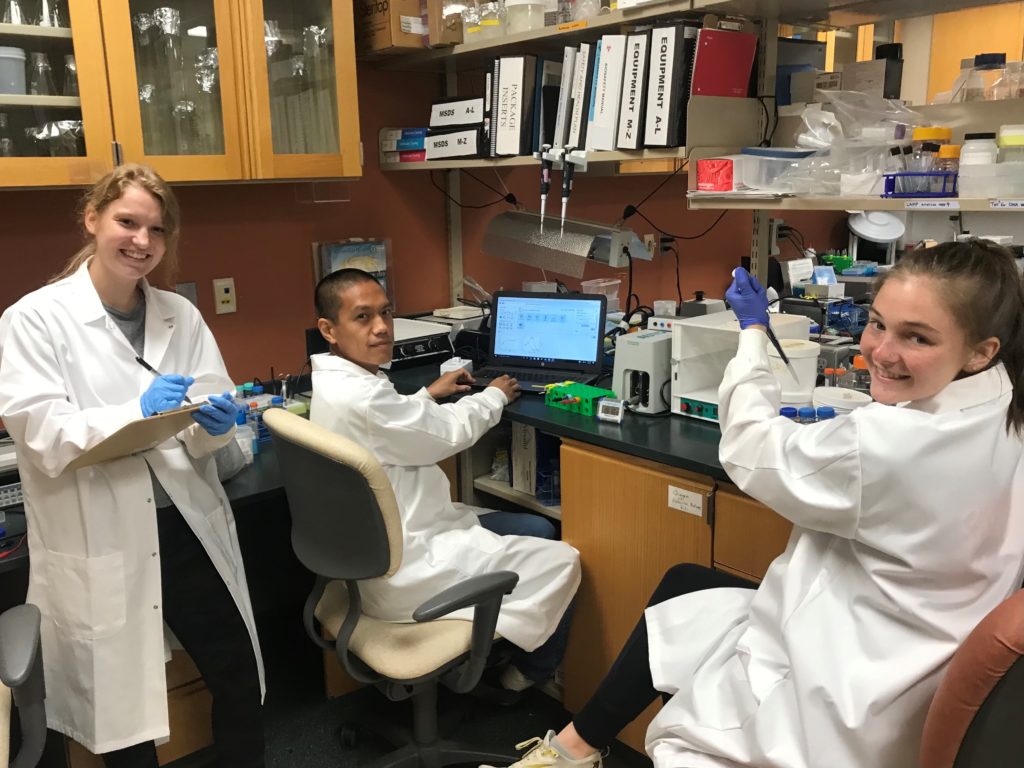What is Chronic Wasting Disease?
Chronic wasting disease (CWD) is a progressive, fatal disease affecting the brain, spinal cord, and other tissues of cervids such as deer, elk, and moose. The infection is caused by abnormally folded proteins, called prions and belongs to a family of diseases known as Transmissible Spongiform Encephalopathies.
The Tennessee Wildlife Resources Agency has been surveying deer across the state since 2002 after CWD was discovered in Wisconsin.
In 2018, CWD was discovered in white-tailed deer in Tennessee, making it the 26th state in the US to have confirmed cases of the disease. Outside of the US, it has been found in free-ranging cervids in four Canadian provinces, Finland, Norway, Sweden, and South Korea.
UT Response
In 2021, UTIA AgResearch and the One Health Initiative (OHI) jointly formed the CWD Working Group, comprised of nearly 20 UT scientists in the fields of wildlife health, human dimension, communications, brain science, soil science, mathematical modeling, diagnosis, and sensor technology. The goal of the CWD Working Group is to contribute to the management of CWD in the state and beyond through facilitating UT faculty’s activities on CWD (research, training, and outreach) and synergizing those activities with state and federal agencies.
Currently, three core research teams (CRTs) are working on CWD projects from the aspects of (1) deer movement and genetics, (2) human dimension and economic impacts, and (3) prion detection and environmental manipulation. Two of the groups have recently secured federal funding.
